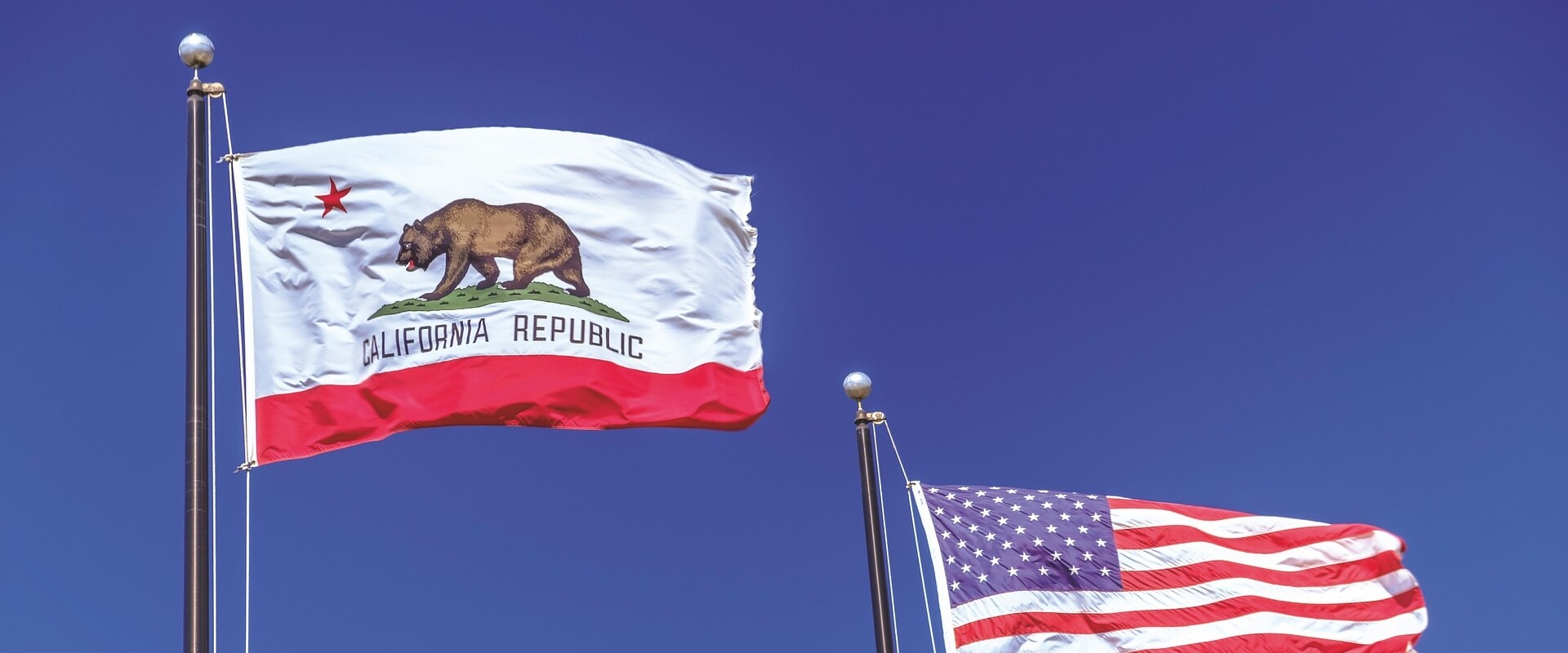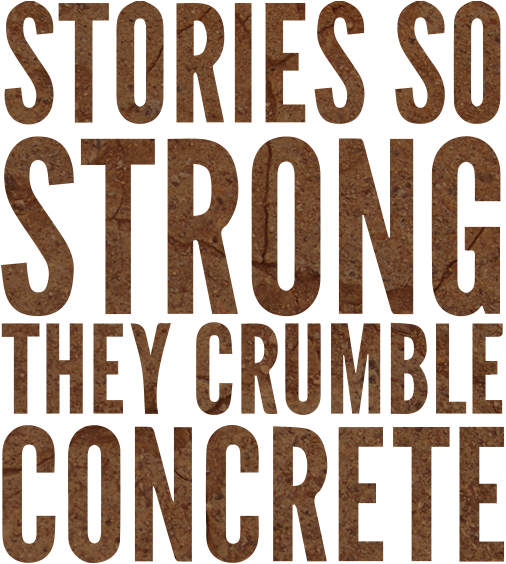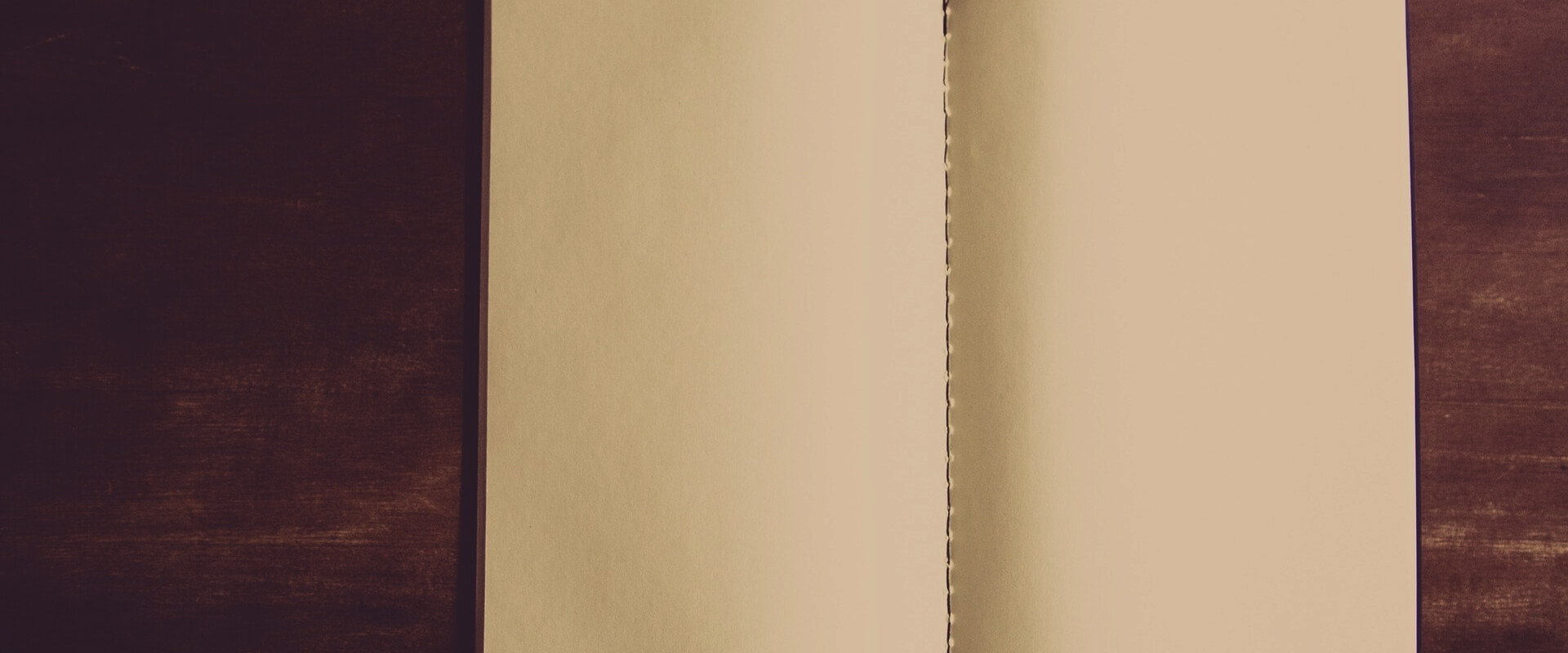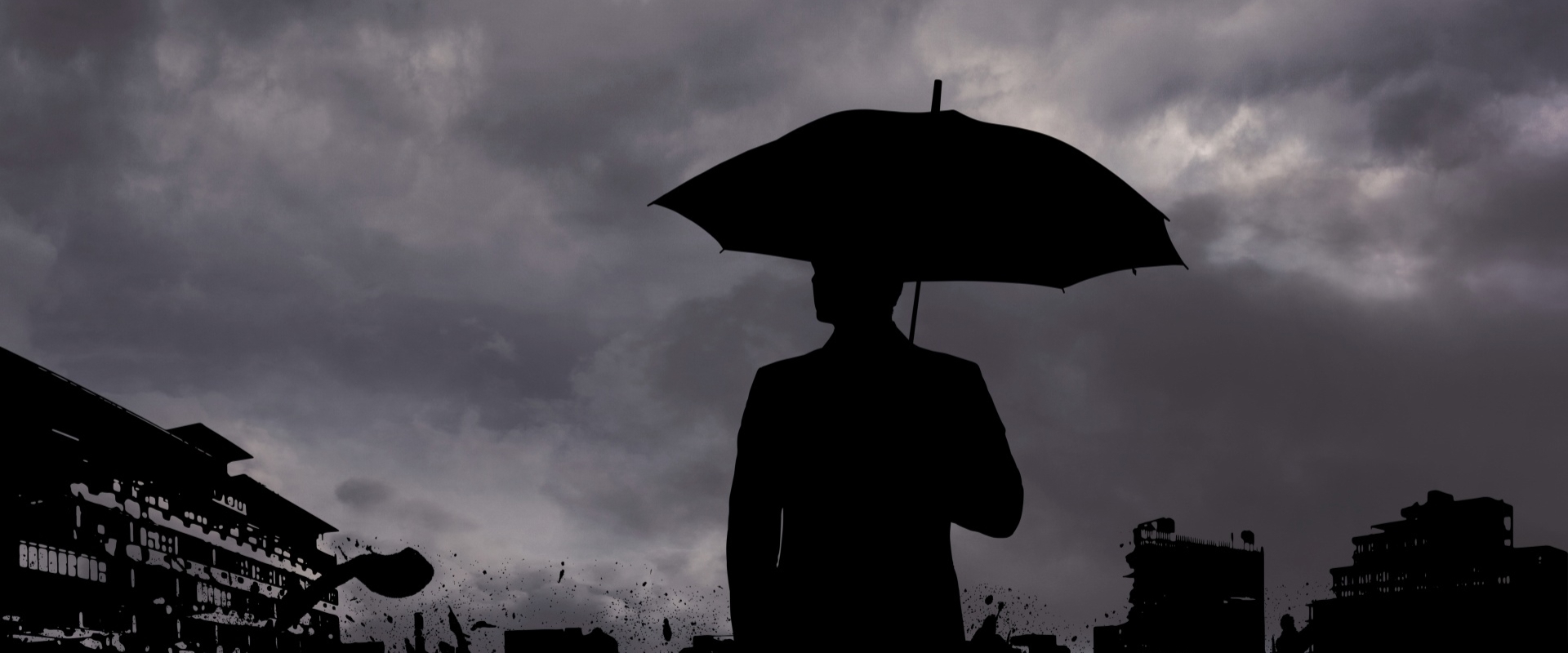Prison Industrial Complex
The Prison Industrial Complex in Indigenous California
by Stormy Ogden

native-american-prisoners personal-narrative prison-life prison-industrial-complex racism
I write this chapter from the position of a California Indian woman, a tribal woman, recognized as a member of the Tule River Yokuts tribe, also Kashaya and Lake County Pomo. I also write as an ex-prisoner of the state of California housed at the California Rehabilitation Center, located in Norco. While there I was influential in the forming of the prison’s first American Indian Women’s support group, along with the first women’s sweat lodge built at a state prison in California. I am also a survivor of colonization by the European powers, against the original peoples of these lands and especially the indigenous nations of the state of California. This history of colonization is a tragic one and native people still suffer the ramification to this day.
The colonizers brought with them two tools of mass destruction, the bottle and the bible, both which were forced upon Native people. The outcome of this was the erosion of Native peoples’ language, culture, life-ways, religion, land base and lives. Even their traditional ways of behavior and conduct became illegal. Since the beginning of colonization, Native people of these lands were imprisoned as a form of social control, which could only be described as deliberate genocide.
With these increased attacks on Indian sovereignty and culture, imprisonment became the government’s principal means of intimidation and punishment. With the enforcement of these “foreign” laws Native people began to be “locked up” in many different kinds of institutions such as; Military forts, Missions, Reservations, Boarding schools, and today, increasingly, in state and federal prisons. It is seen that historically, the most brutal methods of social control are directed at a society’s most oppressed groups. The people most likely to be sent to jail and prisons are poor people and women of color. In North America, a very high proportion of this group are American Indians and for them the use of incarceration functions as an extension of the history and violent mechanisms of colonization.
Angela Davis argues that the Prison Industrial Complex (PIC) is about racism, social control, and profit. This mechanism/ process/ reality is not new to the Native people of these lands as illustrated in the numerous laws that have been passed against them without their knowledge or their consent. In this article I will show that the (PIC) was built right on the ancestral lands and the very lives of the Indigenous people of this continent.
My People/Our Lands:
My Indian heritage is Yokuts and Pomo, both of these tribes are indigenous to the lands now known as California. We have creation stories that will always connect us to these lands of our ancestors. We still continue to live on these lands.
The Pomo people occupied approximately seven widely separated localities. The Pomo had an area lying in the coastal ranges north of San Francisco Bay the main area included parts of Mendocino, Lake and Sonoma countries The Yokuts held the most fertile land in California. In their three hundred miles of range, the Yokuts were the most extensive as they were perhaps the most populous of the many diverse nationalities of aboriginal California. “The Yokuts tribes once held the whole floor of the San Joaquin Valley, plus much of the adjoining foothill belt on both sides, three hundred miles of range.”1
Of all the Native cultures, Native California is the most diverse in ecology, society, and history. California had the largest aboriginal population with the most diverse groups of any area in North America. California Indians lived in deserts, on mountains, along the coastline, in the great central valley, on lake shores, side of rivers, and in the lush foothills. The Indians of California were the most highly skilled explorers of North America along with the knowledge of their environment and their cultural life they had developed through the thousands of years and made their home in the region we now call California.
The Natives of California lived in a well ordered society before the encroachment of the Europeans, the seat of their society and their governing bodies, resided in their tribes, in their people. The people were guided by relationships which fixed the status and the position of every member. Every part of the tribal society was enriched and maintained through their religious laws and traditions. “Religion was the primary method of social control, and conflicts were handled through sanctions more often than through confrontation and warfare.” The Indigenous Nations of California were nations of laws. “The law had been established over hundreds of years, and perhaps longer, so law became known, in song and oral histories.” There was no police force and no courts to enforce these laws and obligations because there was a strong belief and support from the people. Everyone accepted the laws, knowing that it meant survival. “There were no codes, no written laws, no constitutions put into writing, and laws became customs and as customs were ingrained in the very lifeblood of the people.”2 When violations occurred, the rule was restitution instead of retribution. Exile from the tribe was an extreme penalty.
Out of Sight/Out of Mind:
In the warmth of my fantasy
I awake to the cold gray walls
Of my reality
These were the words that thundered in my mind as the Judge read the sentence “Ms Ogden you are sentenced to 5 years which will be served at the California Rehabilitation Center in Norco.” My reality is becoming dangerously more common among the women of the United States. Women represent the fastest growing segment of prison and jail populations. “It is estimated that 3.2 million women are arrested yearly.”3 The reality of incarceration is especially likely to be yours if you are a poor woman, woman of color and/ or an American Indian woman.
According to a report compiled in October 2000, there are currently an estimated 950,000 women in custody through the criminal justice system in jail, prison, probation, or parole. The number of women in prison has increased 138% in the last ten years and the majority of these are in prison for economic crimes and it is estimated that 80% of the women in prison are the mothers of children under 18.4 As the number of women behind bars grows, the detrimental effects are felt by a whole generation of children. How many children are we looking at? An estimated 856,000 children in California have a parent currently involved in California’s adult criminal justice system.5 “Children whose parents have been arrested and incarcerated face many unique difficulties such as feelings of fear, anxiety, anger, sadness, depression, and quilt.”6
Women suffer different traumas than men do in going to prison. Their needs and the problems they have coping with prison life are much different and their emotional reactions are also quite different. To understand the emotional difficulties that affect many women prisoners there is a need to consider their backgrounds, the obstacles they face as mothers in prison, the medical and mental needs they have as women, the kind of harsh conditions and discipline they are forced to endure and the sexual harassment that goes along with being a women prisoner.
According to an article released by the Prison Activist Resource Center, “The State of California now has the distinction of having the most women prisoners in the nation as well as the world’s largest prison. The Valley State Prison for Women and the boarding Central California Women’s Facility, together house almost 7,000 women.”7
When trying to gather information on the number of American Indians in prison, especially numbers of women, I found that it was almost impossible to obtain an accurate count. To quote American Indian activist Reed, “The American Indian segment of the population of people”. is the forgotten segment; the segment that is so small in other racial and ethnic groups warehoused in American’s prison that it is insignificant”8 The major reason for this “forgotten segment” is that the prison classification system that exists in the majority of U.S. prisons considers prisoners to be White, Black, Hispanic, or Other.
Located outside the door to my room was a small white 8x5 card that listed my last name, Ogden, my state number, W-20170, and my ethnic classification, Other. Every morning as I left for my job assignment, I would cross out Other and write American Indian. Then each afternoon when I returned for count there would be a new card with Other written on it. This went on for a few days when finally the Correctional Officer approached me, “next time Ogden it will be a write-up and a loss of good time.” The next morning, before work, I found a permanent laundry marker, tore the card off the wall, and wrote, American Indian.
All women in prison are fighting to maintain a sense of self within a system that isolates and degrades, a system that is designed to punish, but, for American Indians, we must also fight for our identity, on the very lands of our ancestors.
Another problem that I found while incarcerated was not being able to get reliable health care or mental health care. This is a major concern for all female prisoners. Women are afraid that the incompetent medical attention that they often receive is more dangerous than their condition if left untreated. The reality of psychiatry in prison has everything to do with control and management, and nothing to do with effective treatment.
Most of the women that I knew while I was in prison were on some sort of medication “to calm them down.” This is a dangerous practice when you take into consideration that many of these women were addicted to drugs and alcohol before they were locked up. In addition, there is the risk that such medication will dangerously impact a person if she takes them through the process of alcohol or drug withdrawal. I was medicated the entire time I was in county jail.
“During my time in county jail, before I was sentenced, the doctor prescribed for me daily the following, Elavil twice daily and Mellaril three times daily. These medications made me sleep most of the day and night. I would wake only to go to chow-hall’ and to take a shower. Since this was county jail we never were allowed any yard time. The only day light we saw was when we were being transported back and forth to court. These meds were given to me for the 9 months that I was there. By the time I left for prison the pills had affected my speech. I had a hard time speaking, the thoughts were there but I had a difficult time getting the words out. My mouth and skin were dry and I was weak from constant sleep. Upon arriving at prison I was given Thorazine for two weeks, I was a walking zombie from these medications. Speaking with the other Indian women I found out that many of them were also given high doses of these medications. I had just returned a few hours before, after being sentenced to 5 years at the California Rehabilitation Center upon returning to jail I was given a med packet with a small pill inside.
“What is this for, I asked the Guard as she locked my cell door.” “It came from the doctor this morning when he found out that you were being sentenced; take it Stormy it’s just to calm down.” The next thing I remember was my celli shaking me as I was sitting on the floor watching my cigarette burn a hole into my night gown. “What did they give you Storm?” “I am not sure what it was, I said to her with slurred speech, all I know is that it was small.” “Must have been Thorazine, was her reply, the doctor gives that to all of us women, especially the Sisters that get sentenced to prison.”
My younger Sister was incarcerated at Northern California Women’s Facility in Stockton. When she wrote me she would tell me of her fear of going to counseling, even though she knows that she needs it, because she does not want to be put on medication that would make her a zombie, especially when her kids come to see her.
I am sure that many women feel this way and choose to suffer in silent instead of becoming “zombies in a house of madness.”
In the Utmost of Good Faith:
he American criminal justice system in Indian country is complex and highly difficult to understand let alone explain. Its governing principles are contained in hundreds of statutes and court decisions that have been issued randomly without the knowledge or consent of the Indian Nations. Almost every aspect of the internal and external relations of Indian people has been subjected to the unrestricted jurisdiction of the United States government. Subsequently, the Native people of these lands have more frequent contact with the criminal justice system and at a much earlier age than other Americans.
Indian tribes had their own systems of criminal justice long before the non-Indian came to these lands. By storytelling, song, and dance, these rules and laws “evolved through generations of living together, to solve the ordinary problems of social conflict.“9 Until 1855 the federal government did not interfere with these traditional tribal systems. This was left solely in tribal hands. Then in 1855 Congress passed the Major Crimes Act, 18 U.S.C.A. 1153,10 which infringed upon on the tribe’s traditional power to punish its own members for crime. Under this Act, Congress rejected the application of tribal sovereignty to reservation Indians, imposing instead, a policy of forced assimilation, backed by the extension of federal law to tribal Indians for serious offenses. The Major Crimes Act of 1885 has arguably had a greater impact on Indian people then that of all other Acts. This Act originally gave federal courts jurisdiction over crimes committed by Indians against Indians in Indian country, in utter disregard for International law, treaty law, and Article VI of the United States Constitution.
In January of 1895, the largest groups of Indian prisoners to be confined on Alcatraz, a military installation on a harsh island of rock in San Francisco Harbor, was nineteen Hopi “hostiles.” Their crimes were that they would not farm as the United States government instructed them to do and they opposed the forced education of their children in the government boarding schools. Even as late as the 1930s the Bureau of Indian Affairs had openly promulgated a law called the “Indian Offenses Act” forbidding the practice of Indian religion-English names were assigned to replace Indian names and even Indian hairstyles were forbidden under the penalty of criminal law.
As the criminal jurisdiction of the United States increasingly imposed itself on Indian nations, “the United States government relied on three arguments to support its claim of a right to assert jurisdiction over Indian country without the consent of Indian nations.”11 These three arguments are:
-
The Plenary Power Doctrine, which means that Congress has absolute power. This power clearly contradicts internal law as well as Article VI of the U.S. Constitution. “Which expressly states that all treaties between Indian nations and the United States government have supremacy over any law congress might enact which unilaterally abrogates a treaty within the consent of the nations-parties to the treaties.”12</li>
-
The Federal-Indian Trust Doctrine, which assigns the unique moral and legal duty of assisting Indians in the protection of their property and rights to the United States Government. This has been devastating for Indian nations. When this doctrine is used to support forced jurisdiction, despite treaty law or international legal principles, it is said to be done in the best interest of the Indian nations. This is where the concept of the Great White Father in Washington comes into play. We are treated as children unable to make our own decisions.
-
The Doctrine of Geographical Incorporation, in which the courts have convinced themselves that since Indian land (i.e. reservations) are located within the boundaries of the United States, the United States holds title to all of the land. So it is argued that the United States has the absolute right to assert legal jurisdiction over Indian country.
This forced jurisdiction can only be explained as an instrument of racism and a form of social control. It is the reason that, currently, the prisons are filled with Indians and Alaskan natives who have been convicted in the white man’s courts for hunting and fishing and subsistence gathering in accordance with their customs which are intruded upon by white man’s laws. Those laws violate the treaties and aboriginal rights. “There are also many Indians who have been targeted and sent to prison because of their political activism.”13
The Prisonification of the Native People:
Just as alcoholism has touched the life of every Indian person so has the American criminal justice system, in particular the prison system. “It is common for Native people to be involved on some level with the system, to have been incarcerated at some point in their lives, and/or to have relatives who are or have been locked up. Because we are a colonized people, the experiences of imprisonment are exceedingly familiar.”14
Beginning with “foreign” laws to criminalize traditional Indian ways of dance, speaking, hunting, and gathering Indians were imprisoned and fined The outcome of this can only be described as genocide when you look at the impact on the Native people of these lands. The Native world has been devastated by the course of the laws that were forced upon them; the number of jailed Natives is a chilling reminder of this fact.
Native people are being “locked up” at alarming numbers on their own ancestral homeland. The criminalization and imprisonment of Native people can be interpreted as yet another attempt to control Indian lands and deny Indian sovereignty.
For the American Indian people, these federal and state prisons are yet another part of the violent colonial mechanism. Indians were colonized on their own lands, the land to which they trace their social, cultural, and religious origins.
Criminalization is yet another tool as were the bottle and the bible, of the American colonial power to control Indian lands and deny Indian sovereignty. One devastating outcome of land dispossession today is the disproportionate rates of incarceration of Native adults and children. For American Indians, these correctional facilities are just another part of the violent colonial apparatus. These facilities commit human rights abuse on prisoners and exploit them for government and private profit.
We have been degraded to criminal status in our homeland and become a people incarcerated
What was my crime, why 5 years in prison?
Less than $2,000 of welfare fraud
What was my crime?
Being a survivor of molestation and rapes
What was my crime?
Being addicted to alcohol and drugs
What was my crime?
Being a survivor of domestic violence
What was my crime?
Being an America Indian woman
Notes
1 Latta, F.F. (1949). Handbook of Yokuts IndianBakersfield, CA: Bear State Books, p. v.
2 Costo. pg.20
3 Legal Services for Prisoners with Children.
4 Legislative Hearings on the Conditions of Confinement for California women Prisoners. (October 2000).
5 Simmons, C. W., Ph.D. (2000, March). Children of Incarcerated Parents. California Research Bureau, California State Library. Note Vol.7, No.2. pg.2
6 Simmons, Charlene W., Ph.D. pg. 3.
7 Prison Activisit Resource Center
8 Reed, L. R. (Eds). (1993). The American Indian in the White Man’s Prison: A Story of Genocide. Taos: NM. Uncompromising Books, pg. 4-5.
9 Harring L. S. (1994). Crow Dog’s Case: American Indian Sovereignty, Tribal Law, and The United States Law in the Nineteenth Century. Cambridge: University of Cambridge Press. pg. 10.<
10 Canby, W. (1988, June). American Indian Law: In A Nut Shell. Phoenix, AZ. West Publishing Company.
11 Reed, L.R. pg. 25.
12 Reed, L.R. p. 25.
13 Reed, L.R. p. 31.
14 Ross, Luana, p. 1



